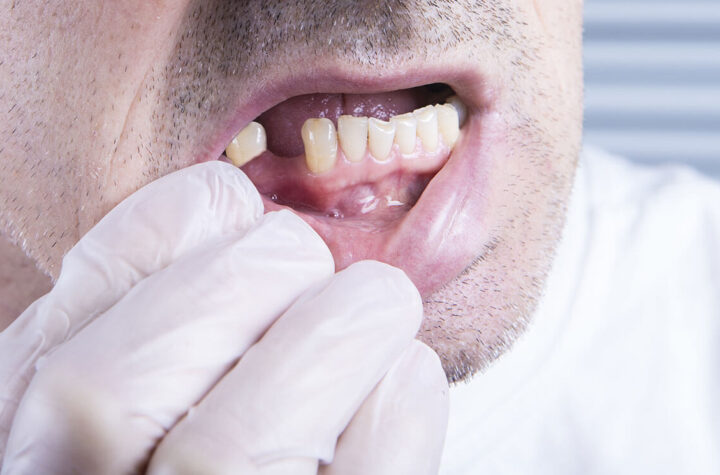
Benign prostate hyperplasia consists of an enlargement of the prostate gland that causes difficulty in urinating and is common in men over 50 years of age. Know its symptoms and how it is treated.
The benign prostatic hyperplasia is characterized by an increase in non – malignant prostate volume or the same noncancerous growth of the prostate’s size. The prostate is a small organ (similar to a chestnut) located in front of the rectum and below the bladder surrounding the urethra, which is the tube through which urine is expelled to the outside. As it grows, it can progressively compress the urethra and cause difficulty urinating.
Two factors are involved in the pathophysiology of benign prostatic hyperplasia: on the one hand, the increase in the size of the gland, which can cause an obstruction to urinary flow by narrowing the lumen of the urethra and, on the other, the alteration of the muscle tone of the urethra—neck of the urinary bladder and smooth muscle of the prostate, which can irritate.
Causes of benign prostatic hyperplasia
The mechanisms by which this disorder occurs are not well understood. In the past, androgens (male hormones) and advancing age were considered the two factors involved in its development. Two different groups of factors are currently considered as possible causes of benign prostatic hyperplasia :
- Extrinsic factors (especially hormones, environmental factors, or hereditary predisposition).
- Intrinsic factors act as prostate growth regulators through autocrine and paracrine processes (which are types of cellular communication that use chemical messengers).
At 40 years of age, 14% of men present symptoms that make one suspect their presence; at 50-60 years, this percentage increases to 40-50%; and up to 80% of those over the age of 80 can be affected by benign prostatic hyperplasia. Black men are more likely to develop this entity than white men, while Asian men are less affected than the other two races.
The prognosis for benign prostatic hyperplasia is highly variable. While some men’s symptoms get progressively worse despite treatment, others remain unchanged or improve over time without the need for treatment.
Symptoms of benign prostatic hyperplasia
In people with benign prostatic hyperplasia, two main types of symptoms can be distinguished :
- Obstructive or emptying symptoms: thin stream of urine, difficulty in starting urination, intermittent stream, incomplete emptying of the bladder, dribbling after finishing urination.
- Irritative or filling signs: abdominal pain, incontinence, frequency (increase in the number of urination during the day, which is usually small), nocturia (increase in the frequency of nocturnal urination, so that it becomes more frequent to go to the bathroom at night than during the day) and urgency (feeling of not being able to hold urine and having the need to urinate as quickly as possible).
The obstruction produced by benign prostatic hyperplasia can cause complications, such as the patient not completely emptying the bladder (remaining urine remains after urination), there is dilation of the upper urinary tract, kidney failure, frequent urinary infections, or formation of stones in the bladder (bladder lithiasis).




